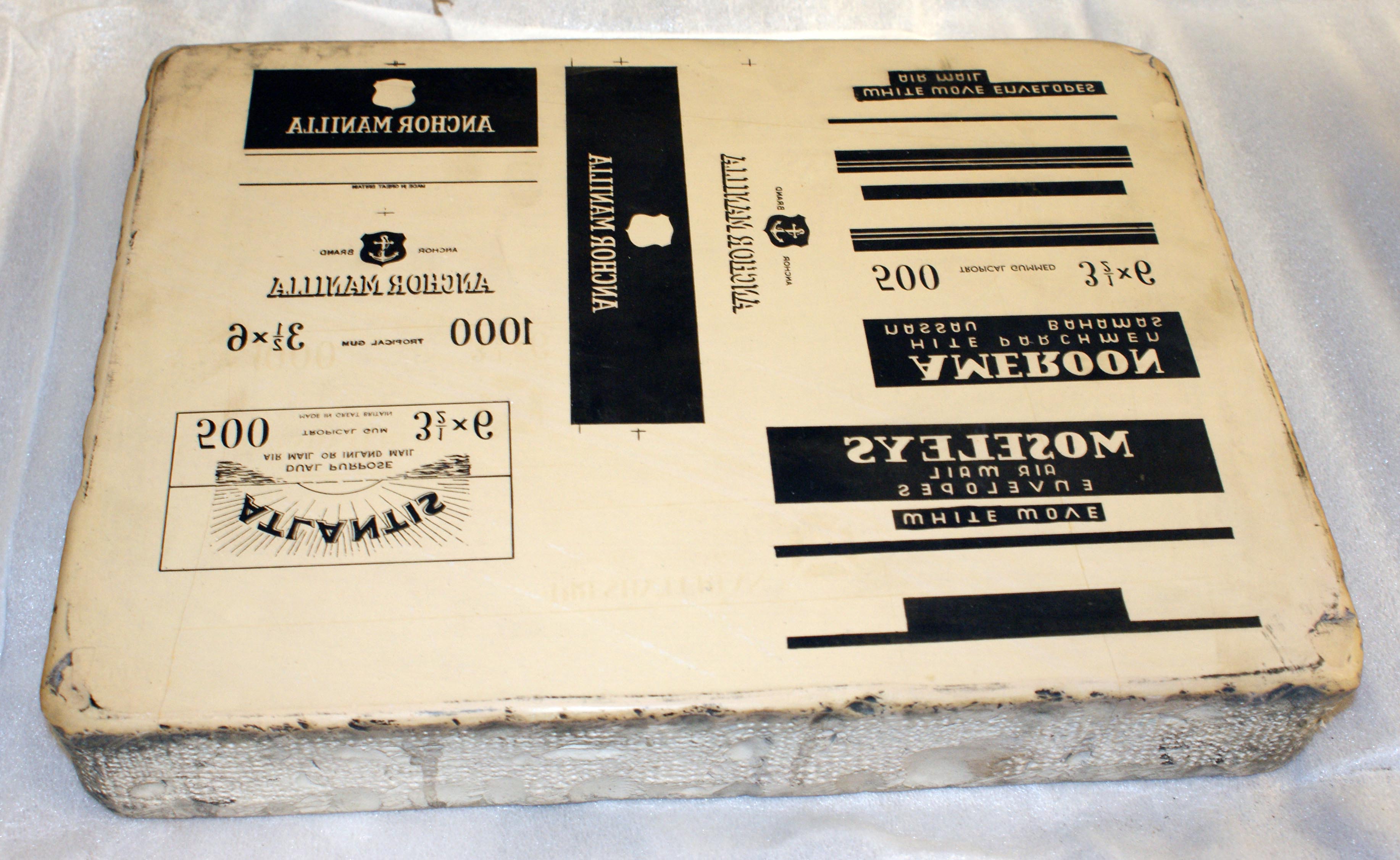
History of Lithography
An ancient technique which has been used for centuries, lithography is a printmaking technique whose name is derived from the Greek lithos meaning stone and ghafhé meaning writing: thus giving an insight into the remarkable process.
Whilst the technique has been around since ancient times, it wasn't until the 18th century in Germany that the process was perfected. Credited to actor and playwright Alois Senefelder, the process that he refined initially used Barvarian limestone as the surface. Through Senefelder’s efforts the invention allowed printers to use a much wider range of marks and areas of tone than earlier methods. What’s more, it also facilitated colour printing: areas of different colours were able to be applied to different stones and layered onto the same sheet.

Inside the process…
Lithographic printing is underpinned by the chemical rule that water and fatty/oily substances repel each other and do not mix. Traditionally, a limestone, free from defects and with an extremely smooth surface, of about 6cm thick was chosen and cut into rectangular sections.
An image would then be drawn onto the surface of the stone using pencils made from fat or resin based substances. The stone would then be sprinkled talc and moistened using a mixture of acetic acid and gum arabic: the acetic acid helps the image stand out, while the gum arabic increases the resistance of the stone to the fatty substances. The plate is then washed and, whilst still wet, inked using a roller. This causes a chemical reaction to occur: in the areas that are not covered with ink, the acid transforms the calcium carbonate in the stone into calcium nitrate, which has water-repellent properties, while the calcium carbonate retains the ink on the drawn section.

A sheet of paper is then placed onto the surface and pressure is applied to transfer the design. Lithographic printing can be repeated again and again, even hundreds of times, by inking and dampening the same plate.
Over the centuries, the process has been further refined to make it faster and to retain greater detail, lithographic limestone is rarely used and, instead zinc and aluminium plates are employed.
Offset lithography
Offset lithography involves printing the image onto an intermediate surface before the final sheet. The process is ‘offset’ because the plate does not come in direct contact with the paper, which preserves the quality of the plate. With offset lithography, the image is reversed twice, and appears on the final sheet the same way round as on the stone or plate.
In our next blog we will dive into the world of etching looking at its history, the technique and some fabulous examples of the process. For further information about any of the artworks or artists featured, contact Andipa Editions via sales@andipa.com or call +44(0)20 7589 2371.
